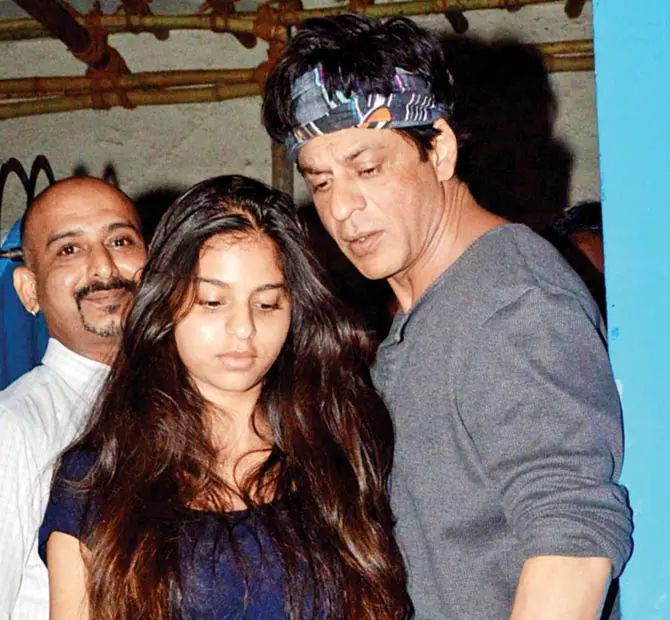Introduction
Movies have been a source of entertainment, inspiration, and education for over a century. Whether you’re a casual viewer or a hardcore film enthusiast, understanding the art of cinema can deepen your appreciation for the stories unfolding on screen. In this article, we’ll explore 7 movie rulz that every film buff should know. These tips and insights will help you analyze, enjoy, and discuss movies like a pro. Let’s dive in!
Story is King: The Heart of Every Great Film
No matter how stunning the visuals or how talented the cast, a movie’s success ultimately hinges on its story. A compelling narrative keeps viewers engaged from start to finish. Think about classics like The Godfather or modern masterpieces like Inception. What makes them unforgettable? It’s the power of their storytelling.
When watching a film, pay attention to the plot structure. Does it have a clear beginning, middle, and end? Are the characters well-developed? Does the story evoke emotions or provoke thought? These are the hallmarks of a great screenplay. Remember, even the most visually stunning films can fall flat without a strong story.
Visuals Matter: Cinematography and Composition
Cinematography is the art of capturing images on film or digital media. It’s not just about making things look pretty; it’s about using visuals to tell the story. Lighting, camera angles, and framing all play a crucial role in setting the mood and guiding the viewer’s attention.
For example, in The Grand Budapest Hotel, director Wes Anderson uses symmetrical compositions and vibrant colors to create a whimsical, storybook-like world. On the other hand, films like The Revenant rely on natural lighting and wide shots to emphasize the raw beauty and harshness of nature.
As a film buff, train your eye to notice these details. Ask yourself: How does the cinematography enhance the story? What emotions does it evoke?
Sound Design: The Unsung Hero
Sound is often overlooked, but it’s a vital component of filmmaking. From dialogue and music to ambient noise and sound effects, audio elements can make or break a movie. A well-crafted soundtrack can elevate a scene, while poor sound design can distract or even ruin the experience.
Consider the iconic Jaws theme. The simple, ominous score by John Williams instantly creates tension and fear. Similarly, the absence of sound can be just as powerful. In A Quiet Place, the use of silence amplifies the suspense and immerses the audience in the characters’ world.
Next time you watch a movie, close your eyes for a moment and focus on the sound. What do you hear? How does it contribute to the overall experience?
Acting: Bringing Characters to Life
Great acting can transform a good movie into a masterpiece. It’s not just about delivering lines; it’s about embodying a character and making them believable. Think of performances like Heath Ledger’s Joker in The Dark Knight or Meryl Streep in Sophie’s Choice. These actors didn’t just play roles; they became the characters.
When evaluating a performance, consider the actor’s emotional range, body language, and ability to connect with the audience. Are they convincing? Do they make you care about the character? Acting is the bridge between the story and the audience, and it’s essential to the film’s success.
Direction: The Vision Behind the Film
The director is the captain of the ship, steering the creative vision of the movie. They work with the cast and crew to bring the script to life, making countless decisions along the way. A great director has a unique style and a clear vision, which shines through in every frame.
For instance, Quentin Tarantino is known for his nonlinear storytelling, sharp dialogue, and bold visuals. On the other hand, directors like Christopher Nolan are celebrated for their complex narratives and innovative techniques.
When watching a film, try to identify the director’s signature style. What makes their work stand out? How do they use their tools to tell the story?
Editing: The Invisible Art
Editing is often called the “invisible art” because, when done well, it goes unnoticed. However, it’s one of the most critical aspects of filmmaking. Editing determines the pace, rhythm, and flow of the movie. It’s what turns hours of footage into a cohesive story.
A great example of editing is Mad Max: Fury Road. The fast-paced, action-packed sequences are meticulously crafted to keep viewers on the edge of their seats. On the other hand, slow, deliberate editing can create tension and build suspense, as seen in The Shining.
Pay attention to the transitions between scenes, the timing of cuts, and the overall pacing. How does the editing affect your viewing experience?
Themes and Messages: The Soul of the Film
Every great movie has a deeper meaning or message. Whether it’s a commentary on society, an exploration of human nature, or a simple moral lesson, themes give a film its soul.
For example, The Matrix explores themes of reality and freedom, while Parasite delves into class inequality. These underlying messages resonate with audiences and make the film memorable.
As a film buff, take the time to analyze the themes and messages in the movies you watch. What is the filmmaker trying to say? How does it relate to real-world issues or personal experiences?
Conclusion
Understanding these 7 movie rulz can transform the way you watch and appreciate films. From the importance of storytelling and visuals to the impact of sound and editing, each element plays a crucial role in creating a cinematic masterpiece. By paying attention to these details, you’ll not only enjoy movies more but also gain a deeper understanding of the art of filmmaking.
So, the next time you sit down to watch a movie, keep these tips in mind. Whether you’re analyzing a classic or enjoying a new release, these insights will help you see films in a whole new light.
FAQs
1. What are the 7 movie rulz?
The 7 movie rulz are key principles that every film buff should know: story, visuals, sound design, acting, direction, editing, and themes. These elements work together to create a compelling and memorable movie.
2. Why is storytelling important in movies?
Storytelling is the foundation of any great film. A strong narrative keeps viewers engaged and emotionally invested, making the movie more impactful and memorable.
3. How does cinematography enhance a film?
Cinematography uses visuals to tell the story, set the mood, and guide the viewer’s attention. It’s a powerful tool that can elevate a movie’s overall quality.
4. What role does sound design play in movies?
Sound design includes dialogue, music, and sound effects. It enhances the atmosphere, builds tension, and immerses the audience in the film’s world.
5. How can I identify a director’s style?
Pay attention to recurring themes, visual techniques, and storytelling methods in a director’s work. Over time, you’ll notice patterns that define their unique style.
6. Why is editing called the “invisible art”?
Editing is often unnoticed when done well, but it’s crucial for pacing, rhythm, and storytelling. It’s what turns raw footage into a cohesive and engaging movie.
Explore more: hdokin










